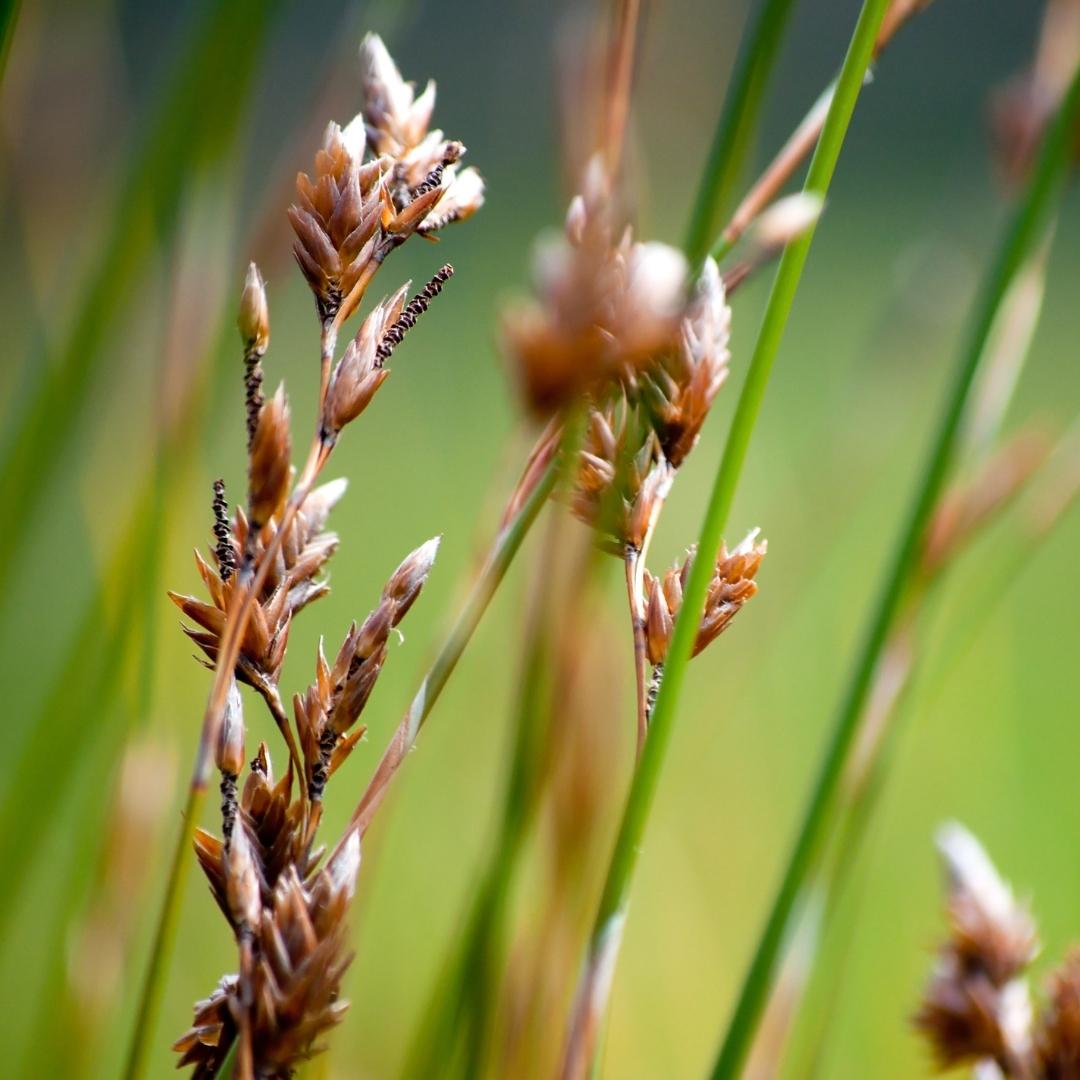Paper published: Seasonality and risk factors for grass seed foreign bodies in dogs

Our latest publication described the seasonality and risk factors for grass seed foreign bodies (GSFBs) in dogs using electronic health data submitted by UK veterinary practices taking part in SAVSNET. This paper has been published in Preventive Veterinary Medicine.
- Cases of GSFBs were recorded in all months, with 940 (90.6%) recorded between June and September.
- In particular, the odds of GSFBs in July was almost 176 times more than that of January (Odds ratio, OR, 175.6, 95% Confidence interval, CI, 43.5-707.7, P < 0.001).
- Compared to the retriever breed type, spaniel breed types were 7.7 times more likely to present with a GSFB (CI 5.4 – 11.0, P < 0.001).
- Other significant risk factors associated with recorded GSFBs for this population included being male (OR = 1.4, CI 1.2-1.6, P < 0.001), and geographical location.
- When compared to the South East of England, risk was lowest in Wales (OR = 0.1, CI 0.0-0.3, P=<0.001), and highest in the East of England (OR = 1.9, 1.2 – 2.9, P = 0.003), and overall risk in urban areas was reduced (OR = 0.8, CI 0.7-1.0, P = 0.024).
Dog owners will likely already be aware of the importance of checking for grass seeds over the summer months, but may not be aware of other risk factors. The findings of this research can be used by veterinary practice's and also groomers to further raise awareness and encourage owners to be mindful, especially considering that grass seeds can also be found outside of the summer months.
This research was led by our Project Coordinator Beth Brant who is a Registered Veterinary Nurse. Beth said "I decided to look at grass seeds after finding one on my own dog, thankfully before it caused any problems. I'm really pleased to see our paper published. I've been with SAVSNET for six years and have always wanted to complete my own research - being able to do this work is certainly one positive for me from the pandemic. This experience has given me a different insight into the research process and I am grateful to my colleagues for supporting me through it. I'm really keen to see more nurses get involved in research, and hope this paper inspires some to consider using SAVSNET data to answer their own research questions'.
See our infographic summarising this research here
Access the full paper here
Explore near real-time grass seed monitoring data here